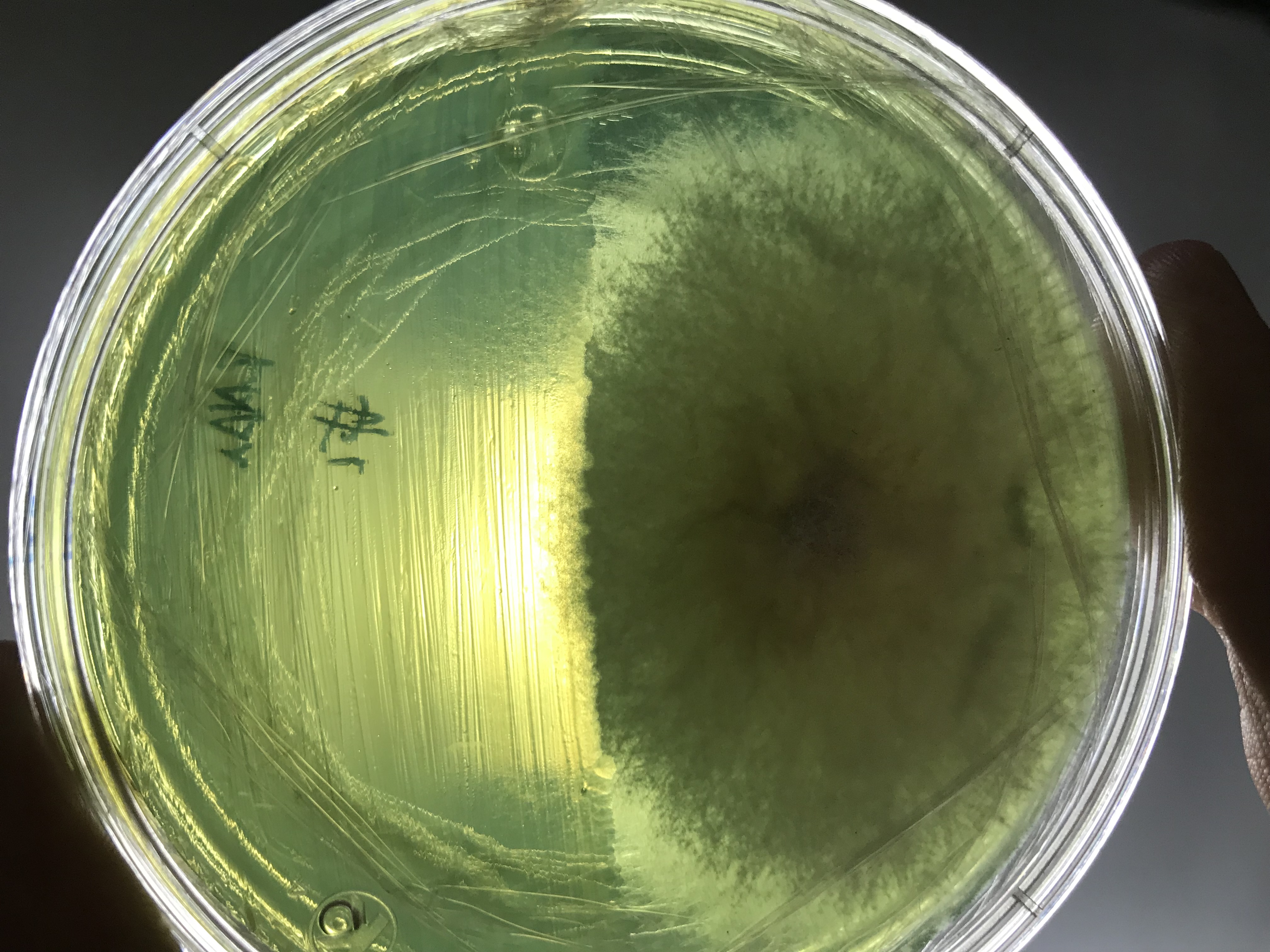The RNAi as a tool to control tropical pathogens
DOI:
https://doi.org/10.15517/am.v32i1.40896Keywords:
sustainable farming, biotechnology, aerosol RNAiAbstract
Introduction. Sustainable farming requires new tools for the control of pathogens, since there is a constant evolution to overcome the current biological and chemical strategies. The information provided by the transcriptomics allows creating new possibilities to tackle the pathogens. It is possible to interrupt the genetic expression of a pathogen and disable it using RNA interference (RNAi). Objective. To perform an analysis of an emerging technology useful for pest control, based on RNA interference. Development. Sustainable farming is measured based through social, economic, and environmental indicators. A key indicator of agriculture is the decrease in inputs for the control of pathogens and the increase in their specificity. Pest control mechanisms based on RNA interference meet both parameters. RNAi is known to have at least two functions, first for gene expression regulation, and secondly as a defense mechanism against pathogens. Consequently, RNAi can be used to protect crops from pathogens by developing genetically modified plants, or by the external application form of an aerosol. The RNAi aerosol is a tool that relies on inactivating the pathogen genes and can complement other agronomic tools available for this purpose. It is possible to design RNAi against tropical pests based on published transcriptomes, although it is necessary to overcome limitations regarding design, degradation, and stability. Conclusion. Interference RNA methods have the potential to be useful tools to control tropical pathogens as an alternative to achieve sustainable farming.
Downloads

Additional Files
Published
How to Cite
Issue
Section
License
1. Proposed policy for open access journals
Authors who publish in this journal accept the following conditions:
a. Authors retain the copyright and assign to the journal the right to the first publication, with the work registered under the attribution, non-commercial and no-derivative license from Creative Commons, which allows third parties to use what has been published as long as they mention the authorship of the work and upon first publication in this journal, the work may not be used for commercial purposes and the publications may not be used to remix, transform or create another work.
b. Authors may enter into additional independent contractual arrangements for the non-exclusive distribution of the version of the article published in this journal (e.g., including it in an institutional repository or publishing it in a book) provided that they clearly indicate that the work was first published in this journal.
c. Authors are permitted and encouraged to publish their work on the Internet (e.g. on institutional or personal pages) before and during the review and publication process, as it may lead to productive exchanges and faster and wider dissemination of published work (see The Effect of Open Access).



























